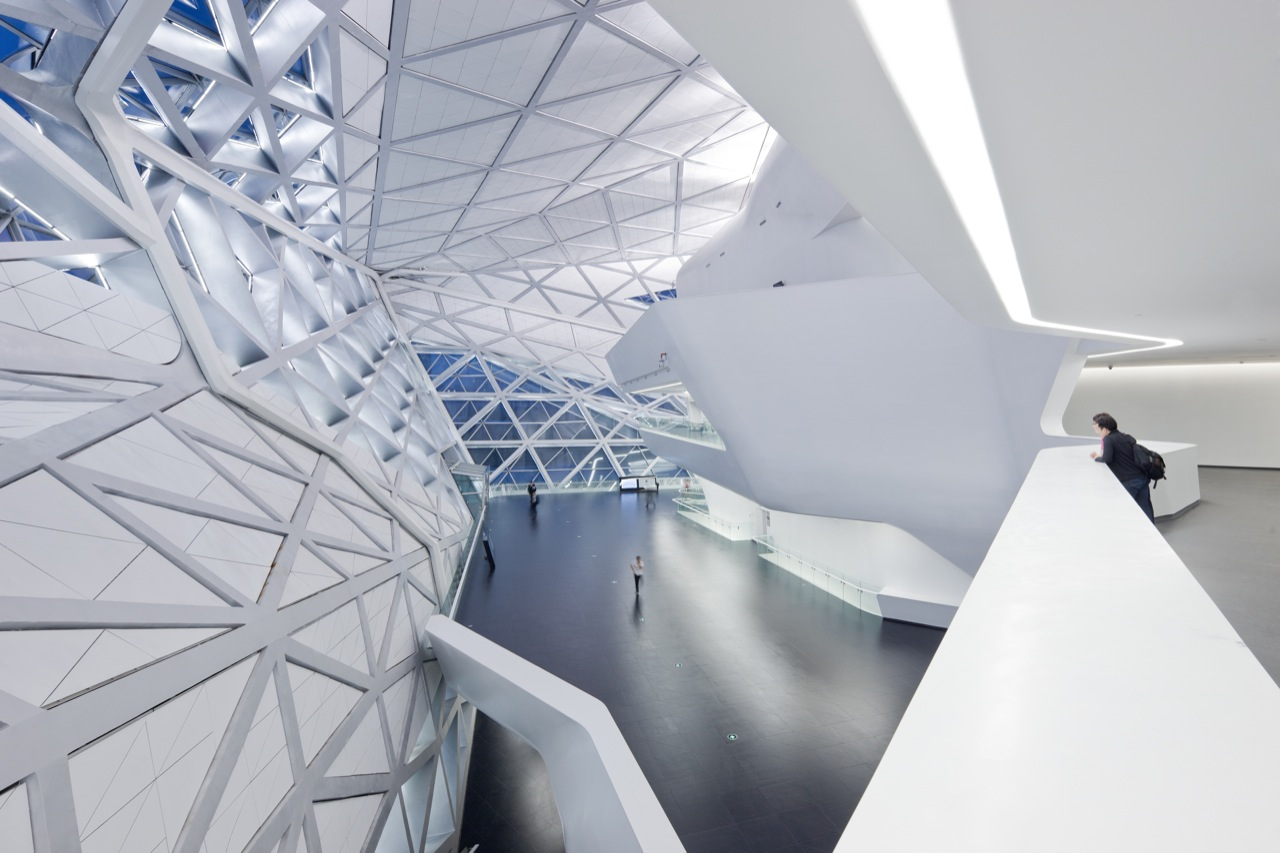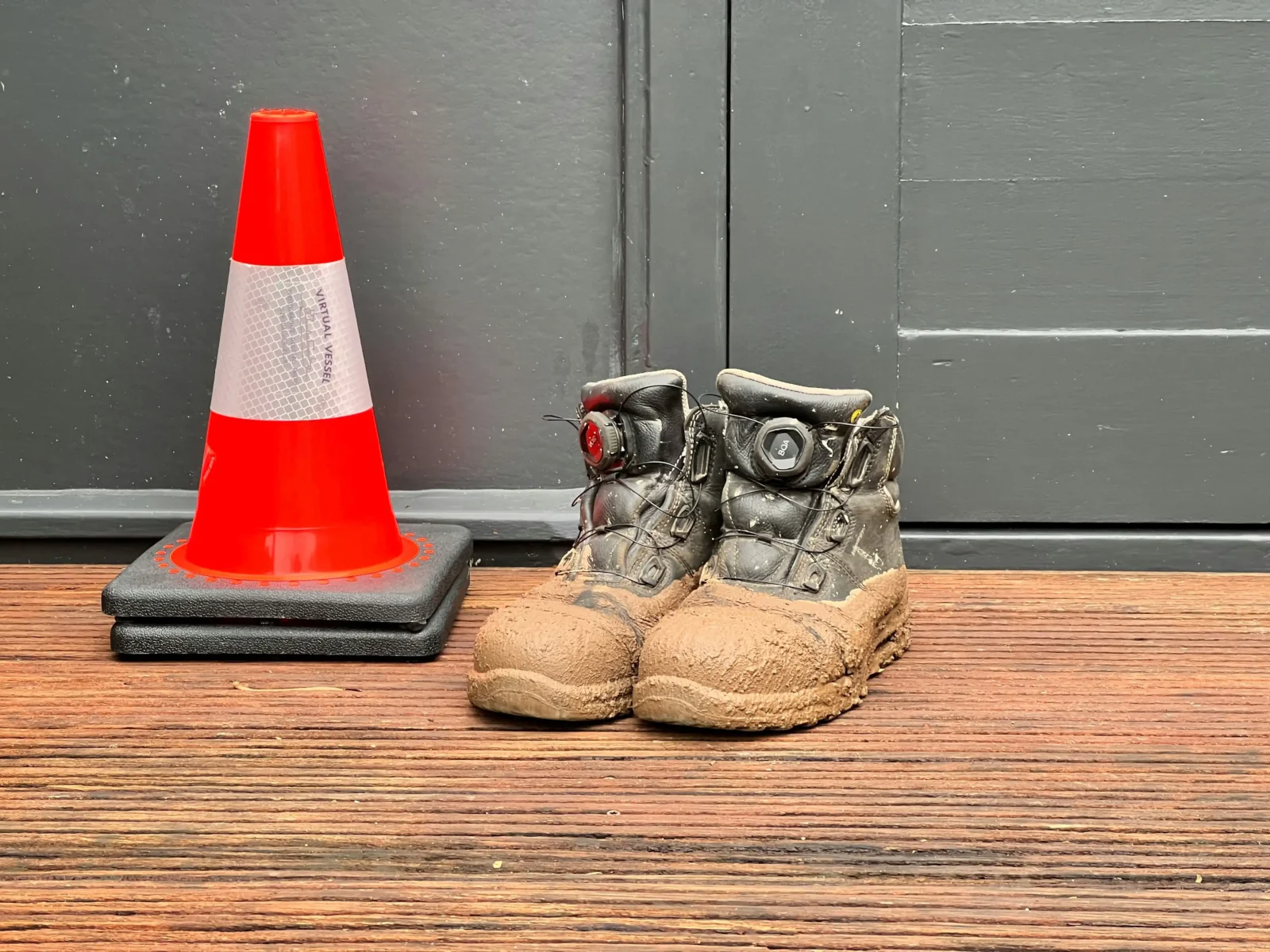- Home
- Articles
- Architectural Portfolio
- Architectral Presentation
- Inspirational Stories
- Architecture News
- Visualization
- BIM Industry
- Facade Design
- Parametric Design
- Career
- Landscape Architecture
- Construction
- Artificial Intelligence
- Sketching
- Design Softwares
- Diagrams
- Writing
- Architectural Tips
- Sustainability
- Courses
- Concept
- Technology
- History & Heritage
- Future of Architecture
- Guides & How-To
- Art & Culture
- Projects
- Interior Design
- Competitions
- Jobs
- Store
- Tools
- More
- Home
- Articles
- Architectural Portfolio
- Architectral Presentation
- Inspirational Stories
- Architecture News
- Visualization
- BIM Industry
- Facade Design
- Parametric Design
- Career
- Landscape Architecture
- Construction
- Artificial Intelligence
- Sketching
- Design Softwares
- Diagrams
- Writing
- Architectural Tips
- Sustainability
- Courses
- Concept
- Technology
- History & Heritage
- Future of Architecture
- Guides & How-To
- Art & Culture
- Projects
- Interior Design
- Competitions
- Jobs
- Store
- Tools
- More

Hearing Architecture
Architecture can be heard, as Rasmussen mentions in his book Experiencing Architecture. Most of the people would not say that architecture can be heard, but it can be seen and heard as well. While the lights and colors seen in architecture are the sounds that are heard. Obviously, everything you perceive in an architectural space is objective.
The subject of light in architecture affects the form decisions of architects. Taking the light into the space and directing it in the space is always a part of the design. However, hearing is as important as seeing. The amazing effect of sound should be considered in architecture.

While designing the spaces, the movements of people can be built on the propagation of sounds. Likewise, acoustic elements such as the use of colors can be used to change the perception of space. For example, cool colors, light walls and reflective surfaces with plenty of light are preferred for making the space larger. Considering the acoustic effect of the space, the space can be shown larger than it is with a strong effect.
The warmer and more intimate design of a room is as much about the acoustics as the colors of the walls in the room. It is perceived more comfortably as there are spaces covered with carpets and curtains, where the sound disperses without echoing.

In the same way, we perceive the spaces with the reverberation effect of the sound as larger and larger. Reverberation of sound in public places at a level that does not disturb will increase the publicity of the place.

Finally, to mention the place of music in architecture, it is also an architectural gesture to complement well-designed spaces with music. With this gesture, which directly affects the perception of the space, you can create slower or faster circulation spaces. Do not forget that hearing architecture is as important as making it visible.
- acoustic architecture firm
- acoustic architecture solutions
- acoustic consulting firm
- acoustic design services
- acoustic environment design
- acoustic material supply
- Architectural acoustics
- architectural sound design
- auditorium acoustics
- building acoustics expert
- Hearing Architecture
- Musical Design
- noise reduction architecture
- office soundproofing solutions
- Public Places
- residential acoustic design
- sound engineering for buildings
- sound isolation consulting
- sound of architecture
- soundproof architecture
- Space Design
- studio acoustics design
- Well Designed with Music
Submit your architectural projects
Follow these steps for submission your project. Submission FormLatest Posts
Understanding Site Safety Footwear in Architectural Practice
Architecture is often discussed through drawings, models, and finished buildings, yet a...
General Arrangement Drawings in Architecture: The Backbone of Clear Design Communication
General Arrangement Drawings explained: what they are, when to use them, how...
The Ultimate Guide to Fencing in North Dakota: Choosing the Best Fence for Your Property
Watching a chain link fence twist in 70 mph winds near Minot...
Gaudí: Where Architecture Meets Science
Gaudí: Where Architecture Meets Science shows catenary arches, ruled surfaces, and biomimicry...












Leave a comment